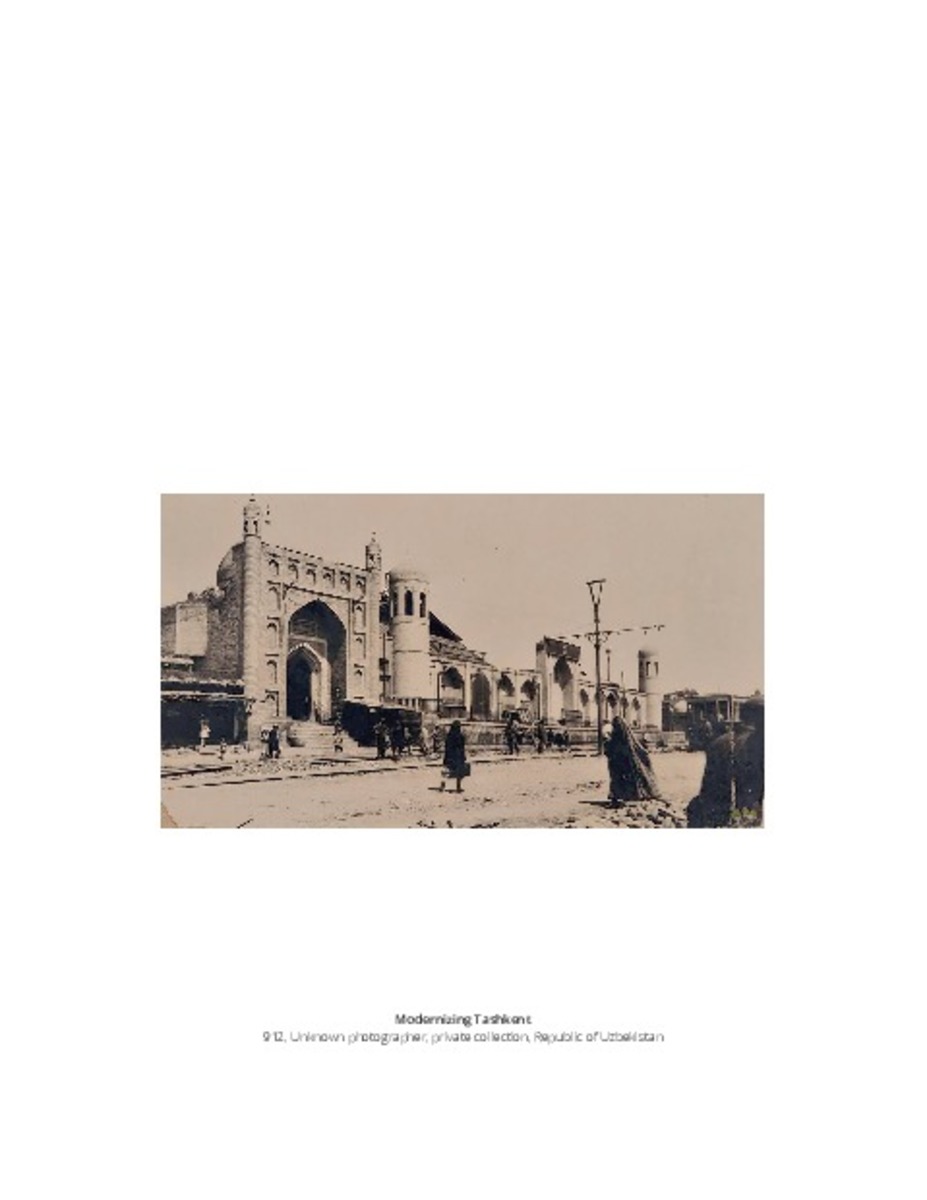Full metadata record
| DC Field | Value | Language |
|---|---|---|
| dc.creator | Kouteinikova, I. (Inessa) | - |
| dc.date.accessioned | 2016-12-09T11:20:36Z | - |
| dc.date.available | 2016-12-09T11:20:36Z | - |
| dc.date.issued | 2016 | - |
| dc.identifier.citation | Kouteinikova, I., (2016) ""Modernizing turkestan through photography"" En: Alcolea, R.A, Tárrago-Mingo, J., (eds.), en Congreso internacional: Inter photo arch ""Intersecciones"", celebrado en Pamplona, los días 2 al 4 de Noviembre de 2016, (pp.158-171) | es_ES |
| dc.identifier.isbn | 978-848081-521-5 | - |
| dc.identifier.uri | https://hdl.handle.net/10171/42472 | - |
| dc.description.abstract | From the day of its existence, photography was perceived as a medium of inherent objectivity. With the invention and practice of photomechanical processes for preparing printing plates in the Russian Turkestan, it soon began to replace drawings and lithographs in books and magazines. It was the medium of choice to bring the foreign and exotic to the parlors of the emerging Russian bourgeoisie that quickly recognized it and turned the medium to serve its interests. A small but influential group of the early amateur photographers was made up of the military elite from the Russian imperial technical departments who went to explore non-Slavic cultures and architectural antiquities. This unorthodox combination of documentary photography, art and science marks the abrupt beginning of a new discipline in Central Asia: architectural photography. What do these records of architecture from a distant time and place tell present-day viewers? Can we speak of a specific synergy that was so apparent at the early days of photographic invention between the photographic medium and painting technique in relation to Central Asian photography? Or, of the cultural impact of the Russian Empire on its distant and youngest colony along with the ongoing insecurities of the Russian cultural politics in conflict with an ancient Muslim culture? This paper places the aesthetic and ideological aspects of Central Asian photography within a broader international orientalist context by revealing how political, cultural and social shifts altered the nature of Central Asian architectural photography from the tsarist conquest to the Bolshevik rule. | es_ES |
| dc.language.iso | eng | es_ES |
| dc.publisher | Servicio de Publicaciones Universidad de Navarra | es_ES |
| dc.rights | info:eu-repo/semantics/openAccess | es_ES |
| dc.subject | Materias Investigacion::Arquitectura | es_ES |
| dc.subject | Colonialism | es_ES |
| dc.subject | Architecture | es_ES |
| dc.subject | Early photography | es_ES |
| dc.subject | Central Asia | es_ES |
| dc.subject | Russian Turkestan | es_ES |
| dc.subject | Albumania | es_ES |
| dc.subject | Dudin | es_ES |
| dc.subject | Kun | es_ES |
| dc.subject | von Kaufman | es_ES |
| dc.title | Modernizing turkestan through photography | es_ES |
| dc.type | info:eu-repo/semantics/article | es_ES |
Files in This Item:
Statistics and impact
Items in Dadun are protected by copyright, with all rights reserved, unless otherwise indicated.






